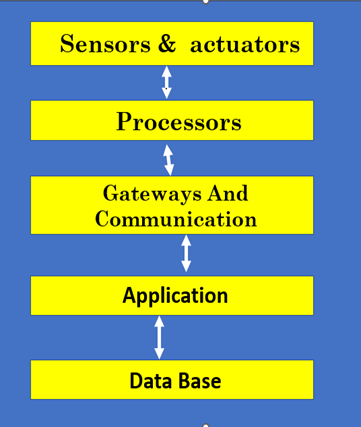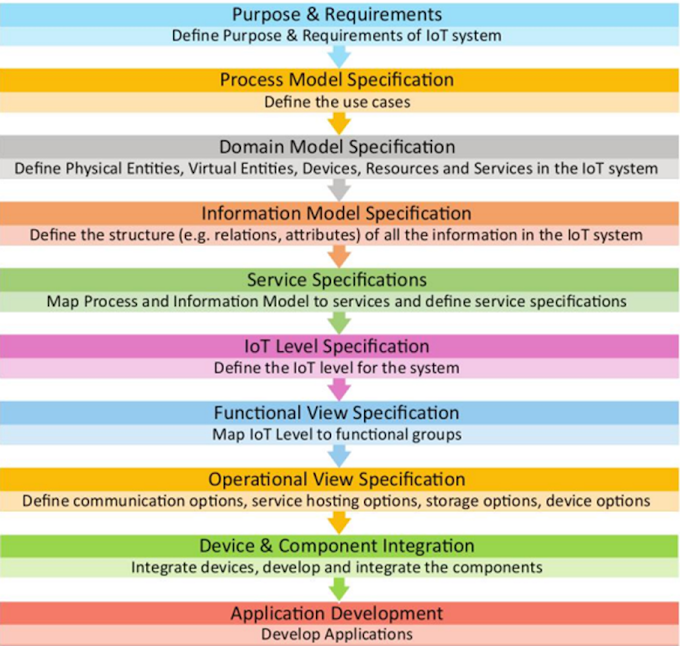DDL (DATA DEFINITION LANGUAGE)- COMMANDS/ STATEMENTS
Use for creating database structure or schema.
Following commands use in DDL.
1. Create,
2. Alter,
3. Truncate,
4. Rename,
5. Copy,
6. Drop.
Create Database:-
syntax:
- CREATE DATABASE database_name;
Example
create a database name "employeedb" :
- mysql> CREATE DATABASE employeesdb;
Show databases :- display all databases.
mysql> SHOW DATABASES;
SELECT Database
Syntax:
- USE database_name;
Example:
use a database name "customers".
- USE customers;
Show/List Databases
list of all the databases available on the MySQL server:
mysql> SHOW DATABASES;
Mysql> SHOW SCHEMAS;
DROP Database
syntax:
- DROP DATABASE [IF EXISTS] database_name;
Example
- DROP DATABASE mytestdb_copy;
==========================================
CREATE TABLE
Syntax:
1. CREATE TABLE table_name( column_name1 data_type (size) table_constraints , column_definition2, ……, table_constraints );
Example:-
mysql> CREATE TABLE employee_table( id int NOT NULL AUTO_INCREMENT, name varchar(45) NOT NULL, occupation varchar(35) NOT NULL, age int NOT NULL, PRIMARY KEY (id) );
mysql> SHOW TABLES;
See the table structure:
the information or structure of the newly created table:
mysql> DESCRIBE employee_table;
--------------------------------------------------------------------------------------------------------
ALTER Table
· To change the name of your table or any table field. It is also used to add or delete an existing column in a table.
· The alter statement is always used with "add", "drop" and "modify" commands according to the situation.
1) ADD a column in the table
Syntax:
1. ALTER TABLE table_name ADD new_column_name column_definition
[ FIRST | AFTER column_name ];
Example:
Use the following query to do this:
1. ALTER TABLE cus_tbl ADD cus_age varchar(40) NOT NULL;
See the recently added column:
1. SELECT* FROM cus_tbl;
2) Add multiple columns in the table
Syntax:
1. ALTER TABLE table_name ADD new_column_name column_definition [ FIRST |AFTER column_name ], ADD new_column_name column_definit ion [ FIRST |AFTER column_name ], ..;
Example:
1. ALTER TABLE cus_tbl ADD cus_address varchar(100) NOT NULL
AFTER cus_surname, ADD cus_salary int(100) NOT NULL
AFTER cus_age ;
See the recently added columns:
1. SELECT* FROM cus_tbl;
3) MODIFY column in the table
The MODIFY command is used to change the column definition of the table.
Syntax:
1. ALTER TABLE table_name MODIFY column_name column_definition [ FIRST | AFTER column_name ];
Example:
1. ALTER TABLE cus_tbl MODIFY cus_surname varchar(50) NULL;
4) DROP column in table
Syntax:
1. ALTER TABLE table_name DROP COLUMN column_name;
Example:-
ALTER TABLE cus_tbl DROP COLUMN cus_address;
5) RENAME column in table
Syntax:
1. ALTER TABLE table_name CHANGE COLUMN old_name new_name column_definition [ FIRST | AFTER column_name ]
Example:
ALTER TABLE cus_tbl CHANGE COLUMN cus_surname cus_title
varchar(20) NOT NULL;
6) RENAME table
Syntax:
1. ALTER TABLE table_name RENAME TO new_table_name;
Example:
For example, the table name cus_tbl is renamed as cus_table.
1. ALTER TABLE cus_tbl RENAME TO cus_table;
Show/List Tables
mysql> USE mystudentdb;
mysql>SHOW TABLES;
-----------------------------------------------------------------------------------------------------
Rename Table
Syntax
The following are the syntax used to change the name of the table:
mysql> RENAME old_table TO new_table;
RENAME TABLE Example
mysql> RENAME employee TO customer;
RENAME Multiple Tables
mysql> RENAME TABLE customer TO employee, shirts TO garments;
Rename table using ALTER statement
ALTER TABLE old_table_name RENAME TO new_table_name;
Example:-
mysql> ALTER TABLE garments RENAME TO shirts:
-----------------------------------------------------------------------
TRUNCATE Table
The TRUNCATE command works the same as a DELETE command without using a WHERE clause that deletes complete rows from a table.
Syntax
The following syntax explains the TRUNCATE command to remove data from the table:
1. TRUNCATE [TABLE] table_name;
Example
mysql> TRUNCATE TABLE customer;
--------------------------------------------------------------------------------------------------------
DESCRIBE TABLE
DESCRIBE command to show the structure of the table, such as column names, constraints on column names, etc.
The DESC command is a short form of the DESCRIBE command. Both DESCRIBE and DESC commands are equivalent and case-sensitive.
Syntax
The following are the syntax to display the table structure:
1. {DESCRIBE | DESC} table_name;
mysql> DESCRIBE customer;
or
mysql> DESC customer;
=========================================================
DROP Table
MYSQL uses a Drop Table statement to delete the existing table. This statement removes the complete data of a table along with the whole structure or definition permanently from the database.
Syntax
The following are the syntax to remove the table in MySQL:
mysql> DROP TABLE table_name;
OR,
mysql> DROP TABLE schema_name.table_name;
Example
mysql> DROP TABLE orders;
It will remove the table permanently.
MySQL DROP Multiple Table
DROP TABLE IF EXISTS table_name1, table_name2, table, ......., table_nameN;
===================================================



0 Comments